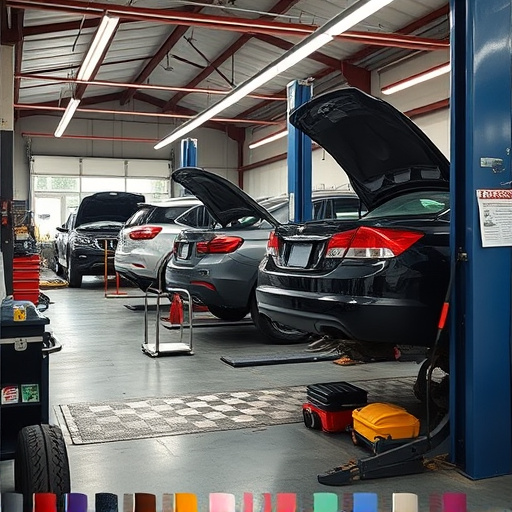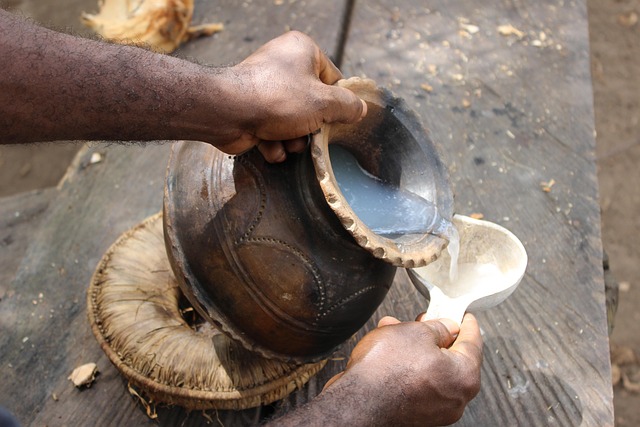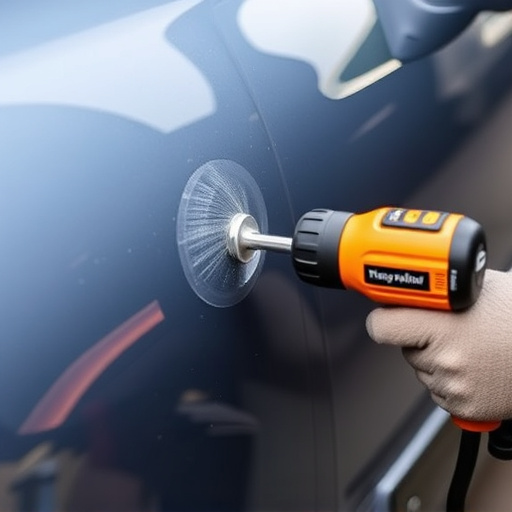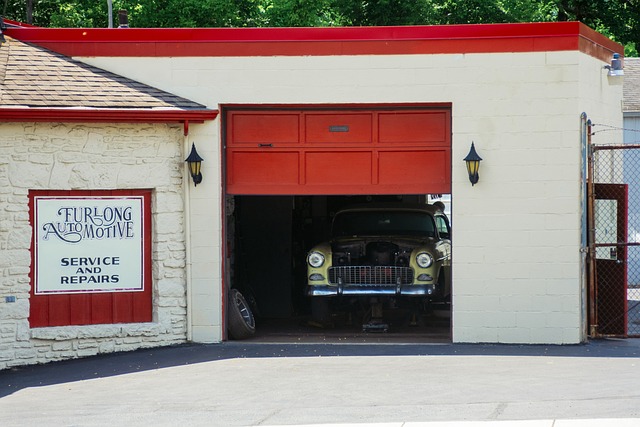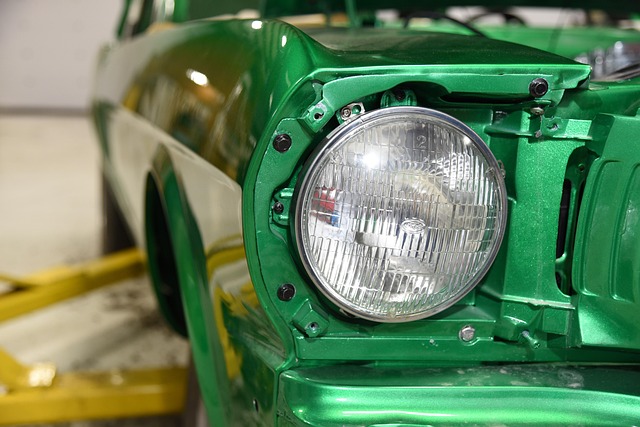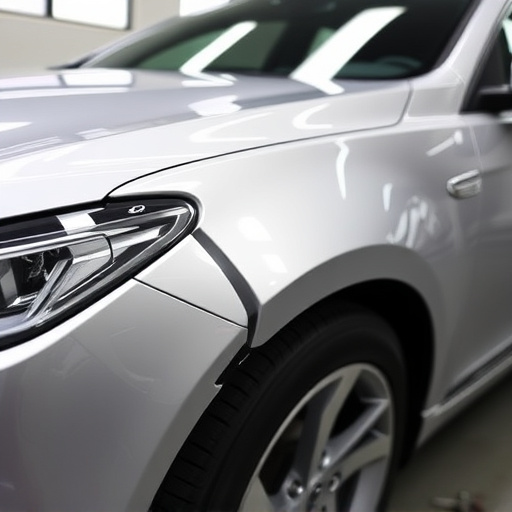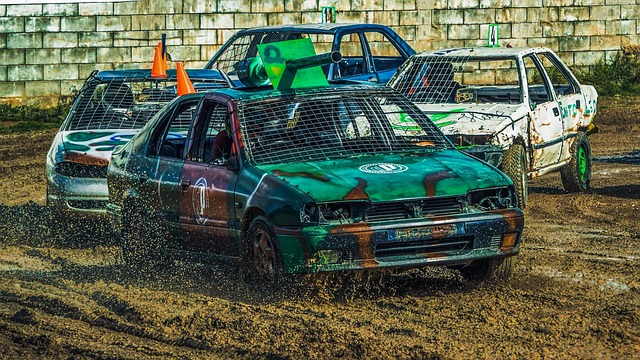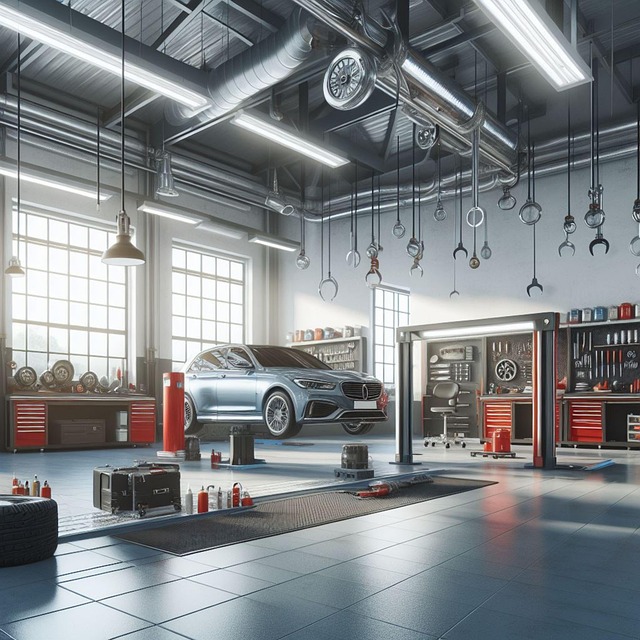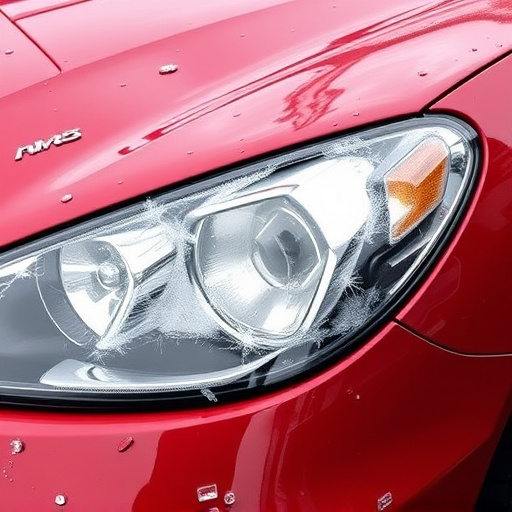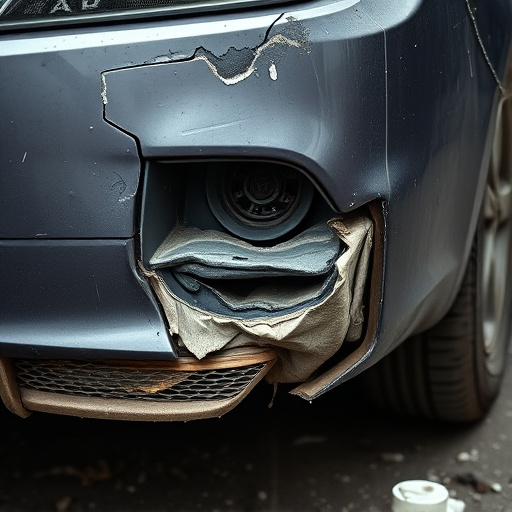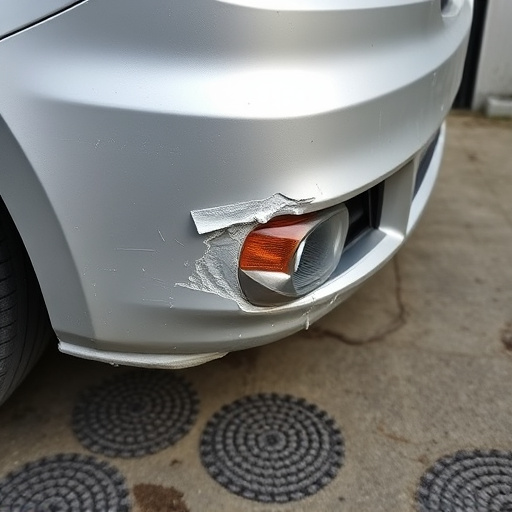Auto paint damage from daily wear and environmental factors is common. Regular maintenance helps but can't prevent all issues. Understanding causes empowers owners to decide when to seek repair. Essential tools for auto paint repair include sandpaper, primer, matching paint, mask, degreaser, and surface prep tool. Minor damages can be fixed with touch-up kits, while extensive issues require professional collision center services.
Every car owner deserves to know how to keep their vehicle’s finish looking its best. Auto paint repair isn’t as daunting as it seems, and understanding common damage types and causes is the first step. This guide equips you with essential knowledge and practical tips on tools, materials, and a step-by-step process for effective car paint touch-up and restoration. By mastering these auto paint repair techniques, you can save time and money while preserving your vehicle’s aesthetics.
- Understanding Common Auto Paint Damage and Causes
- Tools and Materials for Effective Paint Repair
- Step-by-Step Guide to Car Paint Touch-Up and Restoration
Understanding Common Auto Paint Damage and Causes

Auto paint damage is a common issue faced by car owners, often stemming from everyday driving experiences and environmental factors. Dents, scratches, and chips are the most frequent culprits, caused by objects like bird droppings, tree sap, or even minor collisions with other vehicles or debris on the road. Understanding these common issues is the first step in knowing when to seek auto paint repair services, ensuring your vehicle maintains a pristine finish.
Regular washing and waxing can significantly reduce the occurrence of such damage, creating a protective barrier against elements that might cause scratches or stains. However, despite preventive measures, it’s inevitable that your car may accumulate some form of paint damage over time. Knowing the signs and causes allows you to decide when to take your vehicle to a car body shop for scratch repair or even a full car restoration, keeping your ride looking its best.
Tools and Materials for Effective Paint Repair

When it comes to auto paint repair, having the right tools and materials is half the battle won. To effectively fix paint damage on your vehicle, gather a few essential items like sandpaper (in various grits), a high-quality paint primer, and the specific car paint that matches your vehicle’s color. You’ll also need some common shop equipment: a mask for protection, a degreaser for cleaning, and a surface prep tool to ensure a smooth base before painting.
Remember, it’s not always necessary to visit a vehicle body shop or collision center for minor paint repairs. Many tire services or DIY enthusiasts can accomplish these tasks with the right guidance and supplies. By keeping these materials readily available, you’ll be better equipped to handle small scratches, dents, or chips in your car’s paint job, saving time and potentially some money in the process.
Step-by-Step Guide to Car Paint Touch-Up and Restoration

Touching up and restoring your car’s paintwork can seem daunting, but with the right steps and some patience, it’s a skill every car owner should possess. This process involves several key stages to ensure a flawless finish that matches the rest of your vehicle. Start by preparing the damaged area. Wash and dry the car thoroughly, then inspect the damage closely. For small chips or scratches, you can often use an auto paint touch-up kit specific to your car’s color. These kits include a base coat, primer, and clear coat designed to blend seamlessly with your existing paint.
Apply each layer in thin, even coats, allowing adequate time for drying between applications. Once the final clear coat is dry, buff the area gently with a microfiber cloth to achieve a smooth, glossy finish. For more extensive damage, such as dings or larger chips, it might be best to consult a professional at a collision center or automotive body shop. They have the expertise and equipment to perform a complete car body restoration, ensuring your vehicle looks as good as new.
Whether you’re a seasoned car enthusiast or just want to keep your ride looking its best, understanding how to perform basic auto paint repair is an invaluable skill. By familiarizing yourself with common damage causes and mastering the right tools and techniques, you can easily touch up scratches, dents, and minor chips, extending the life of your vehicle’s finish. With these essential tips and a step-by-step guide, you’ll be equipped to tackle auto paint repair with confidence, ensuring your car remains a shining testament to your dedication to its upkeep.
